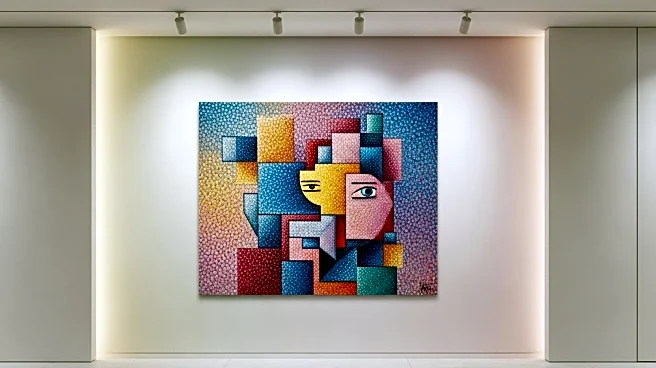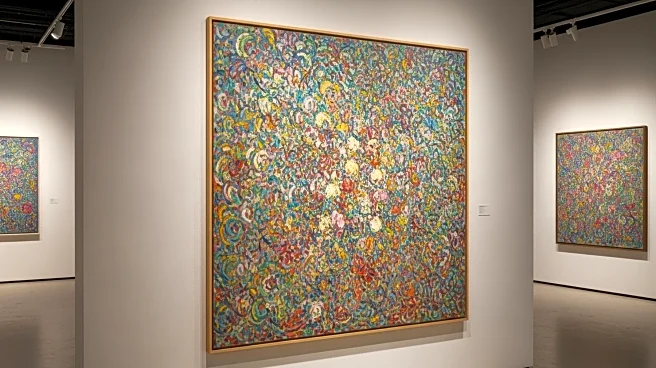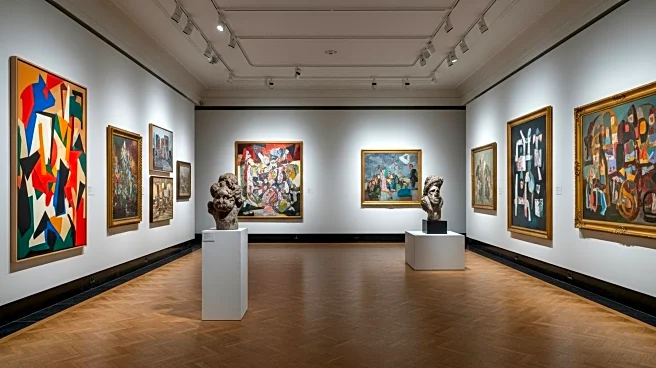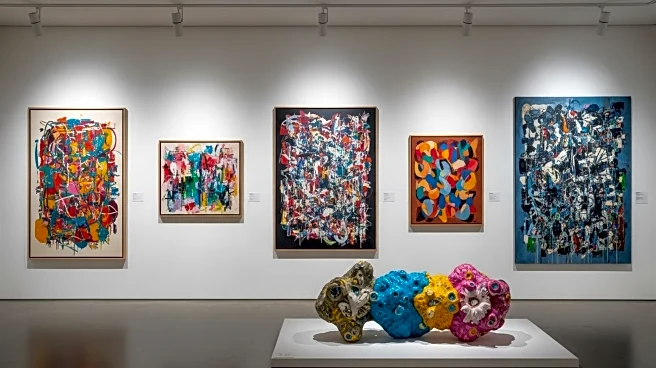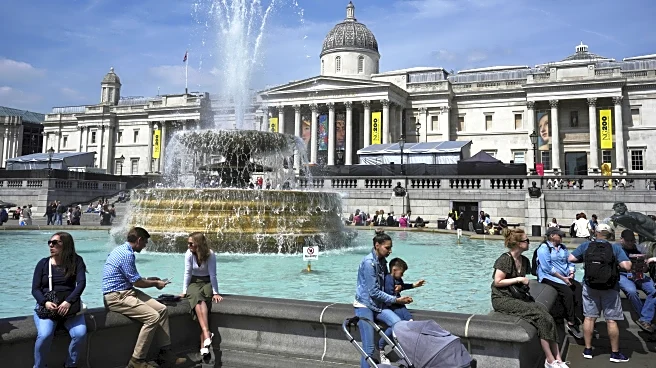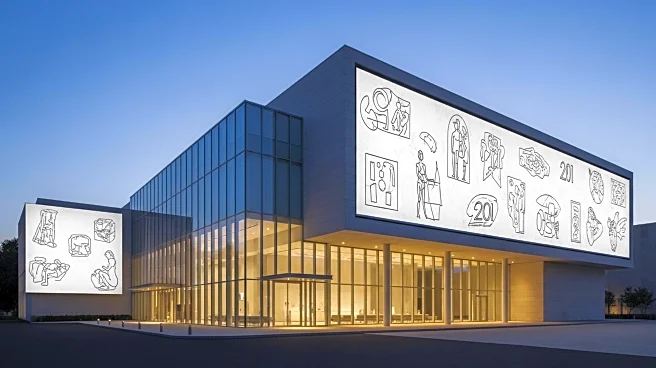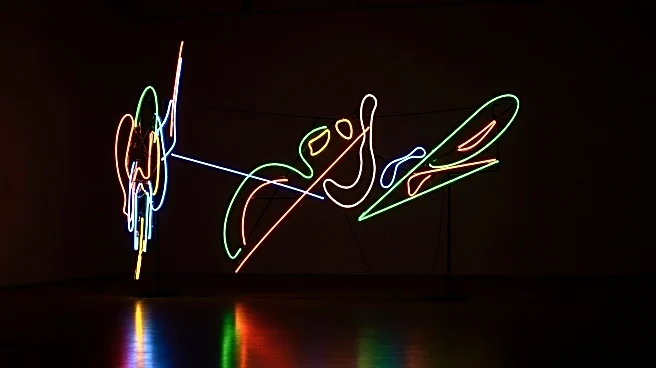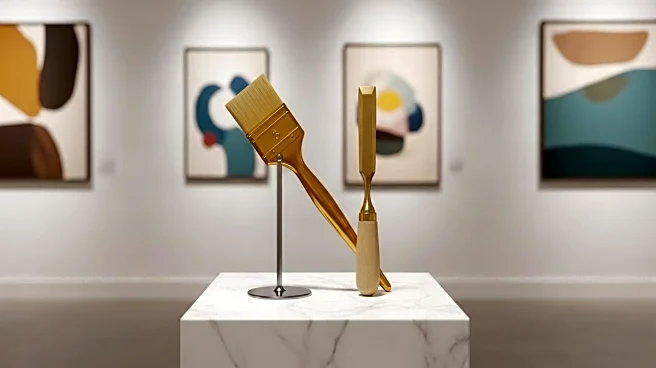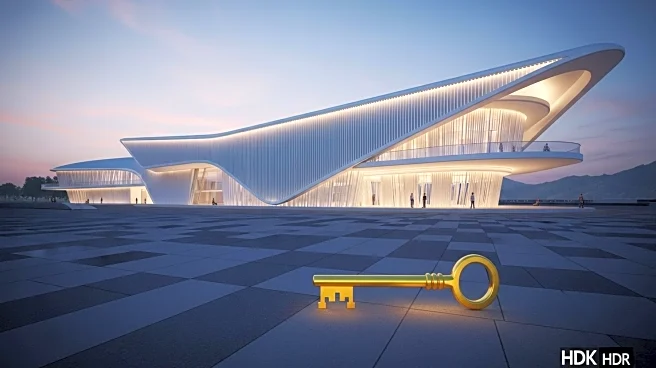What's Happening?
The National Gallery in London is showcasing the genius of Seurat in an exhibition titled 'Radical Harmony,' which explores the neo-impressionist movement he inspired. Concurrently, Tate Modern is reimagining its collection of Picasso's revolutionary art through a drama-conscious lens in an exhibition called 'Theatre Picasso.' These exhibitions are part of broader efforts by both institutions to highlight modern art and its impact on contemporary culture.
Why It's Important?
These exhibitions underscore the importance of modern art in shaping cultural and artistic discourse. By focusing on influential figures like Seurat and Picasso, the National Gallery and Tate Modern are contributing to a deeper understanding of the evolution of art and its societal implications. This focus on modern art may attract new audiences and foster greater appreciation for the innovative techniques and ideas that emerged during the 20th century.
What's Next?
The exhibitions are likely to stimulate further interest in modern art, potentially leading to increased collaborations between museums and artists. The National Gallery's plans for a new wing could facilitate more such exhibitions, while Tate Modern's approach may inspire other institutions to explore creative ways of presenting art.
Beyond the Headlines
The focus on modern art raises questions about the role of museums in preserving and promoting diverse artistic traditions. It highlights the ongoing debate about the balance between showcasing historical masterpieces and embracing contemporary works that challenge traditional norms.
